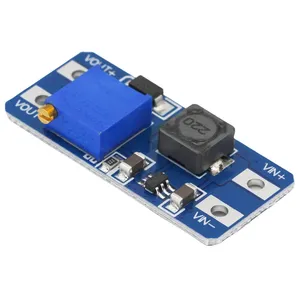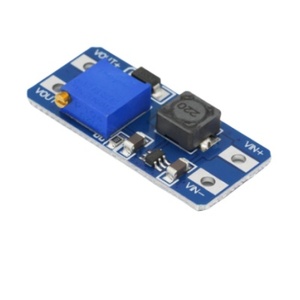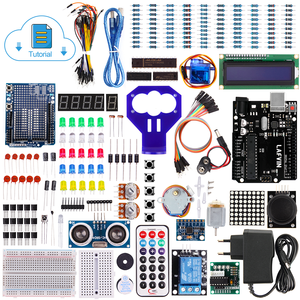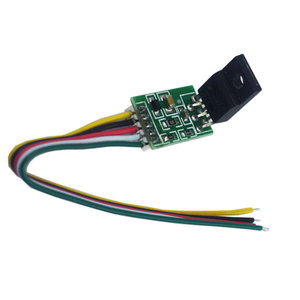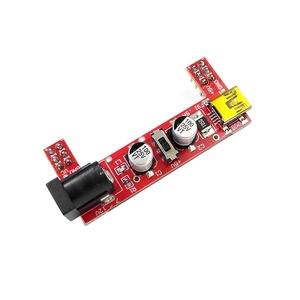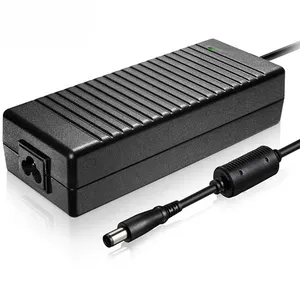Power Supply For Arduino Projects











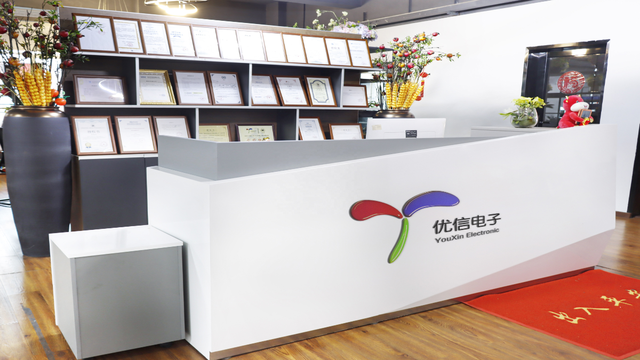


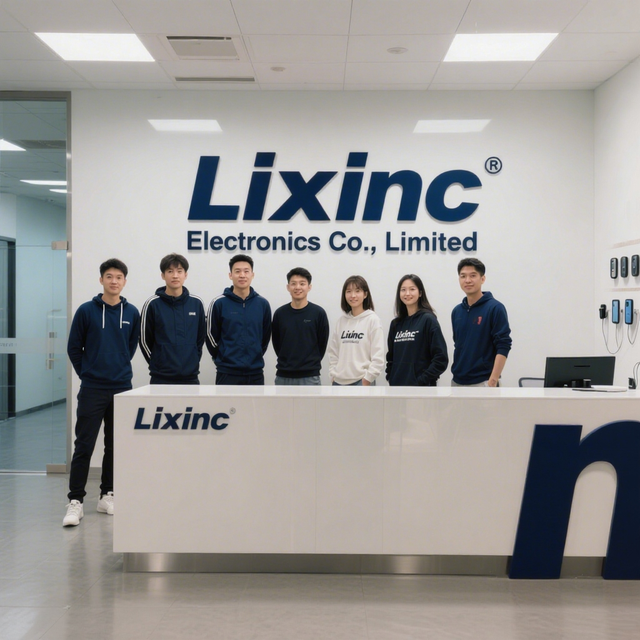




 1/2
1/2




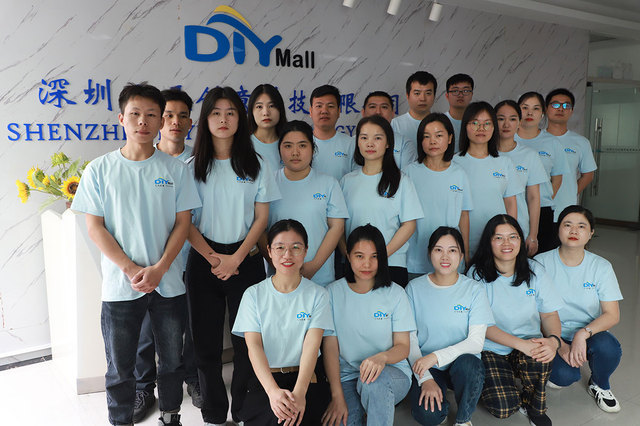




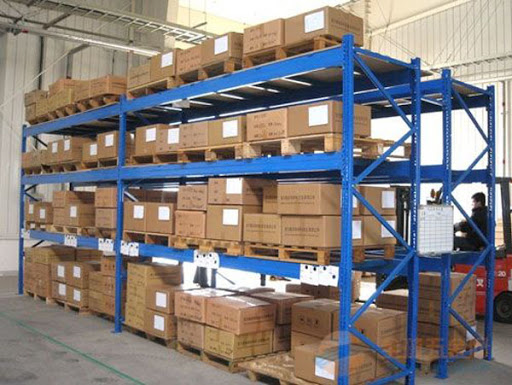




 1/15
1/15



 1/14
1/14
About power supply for arduino projects
Where to Find Power Supply Suppliers for Arduino Projects?
China remains the central hub for compact power electronics manufacturing, with Shenzhen-based suppliers dominating production of power modules tailored for microcontroller applications. The city’s dense ecosystem of component manufacturers, PCB fabricators, and logistics providers enables rapid prototyping and scalable output. Specialized in DC-DC converters, voltage regulators, and breadboard-compatible power modules, these suppliers leverage standardized IC platforms such as LM2596, MT3608, and AMS1117 to deliver cost-efficient solutions optimized for low-power embedded systems.
Suppliers operate within vertically integrated supply chains, sourcing semiconductors and passive components from regional distributors to maintain lean inventories. This localization reduces lead times to 7–15 days for standard orders and supports MOQs as low as one piece for sample testing. Key advantages include access to pre-certified circuit designs, flexible packaging options, and compatibility with international safety standards such as RoHS and CE, facilitating integration into commercial development kits and educational tools.
How to Choose Power Supply Suppliers for Arduino Projects?
Effective supplier selection requires structured evaluation across technical, operational, and transactional dimensions:
Technical Compatibility
Confirm alignment between module specifications and project requirements—output voltage (3.3V, 5V, adjustable), current capacity (up to 3A), and input range (5–36V). Prioritize suppliers offering datasheets, pinout diagrams, and thermal performance metrics. Modules based on widely adopted ICs (e.g., LM2596, MT3608) ensure design reproducibility and simplify troubleshooting.
Production and Customization Capability
Assess flexibility for configuration adjustments:
- Support for custom output voltages or dual-rail configurations
- PCB labeling, color coding, or connector type modifications
- Private branding and packaging for OEM integration
Verified suppliers with customization tags indicate established processes for low-volume tailored orders.
Supply Chain Reliability
Analyze performance indicators: On-time delivery rates exceeding 94%, response times under 8 hours, and reorder rates below 25% suggest stable operations. Cross-reference online revenue data (ranging from US $20,000 to over $100,000 annually) as a proxy for market presence and order volume handling capability.
What Are the Leading Power Supply Suppliers for Arduino Projects?
| Company Name | Main Products | Online Revenue | On-Time Delivery | Avg. Response | Reorder Rate | Customization | Min. Order Quantity | Price Range (USD) |
|---|---|---|---|---|---|---|---|---|
| Shenzhen Shiji Chaoyue Electronics Co., Ltd. | MT3608 Step-Up, LM2596, AMS1117 Modules | US $60,000+ | 100% | ≤7h | <15% | Color, lead time | 1–10 pcs | $0.20–$10.10 |
| Shenzhen Kuaiqu Electronic Co., Ltd. | Digital Switching Power Supplies (30–300V) | US $50,000+ | 100% | ≤4h | <15% | Not specified | 1–2 pcs | $30.99–$99.99 |
| Shenzhen Tuozhanteng Electronic Components Co., Ltd. | Buck Converters, LM2596, Breadboard Kits | US $100,000+ | 94% | ≤8h | 16% | Not specified | 1–20 pcs | $0.30–$5.98 |
| Shenzhen Bluetech Technology Co., Ltd. | LM2596, Adjustable High-Power Modules | US $60,000+ | 100% | ≤8h | <15% | Color, size, logo, packaging | 10 pcs | $0.30–$5.50 |
| Shenzhen TCT Electronics Co., Ltd. | MB102 Breadboard Power Modules | US $20,000+ | 100% | ≤3h | 25% | Not specified | 10 pcs | $0.60 (fixed) |
Performance Analysis
Shenzhen Tuozhanteng leads in transaction volume (US $100,000+), indicating strong market penetration, while maintaining competitive pricing and single-unit MOQs. Shenzhen Kuaiqu and Bluetech offer advanced digital and high-current solutions suited for demanding applications, albeit at higher price points. TCT Electronics specializes in entry-level MB102 modules, ideal for education and prototyping, with fast response times (≤3h) but limited customization. Suppliers with 100% on-time delivery and sub-8h response times demonstrate operational consistency critical for agile development cycles. For low-cost sampling, prioritize vendors offering 1-piece MOQs; for integration into commercial products, select partners with documented customization capabilities and stable reorder metrics.
FAQs
How to verify power supply module compatibility with Arduino?
Ensure output voltage matches Arduino’s input requirements: 5V for Uno/Nano via USB or barrel jack, 3.3V for compatible sensors or 32-bit boards. Confirm ripple noise is below 50mVpp to avoid signal instability. Use multimeter testing under load to validate voltage regulation accuracy.
What is the typical lead time for small-batch orders?
Standard lead time ranges from 7 to 15 days after payment confirmation. Suppliers with in-house inventory typically dispatch within 48 hours. Air freight adds 5–10 days for international delivery.
Can suppliers provide RoHS or CE compliance documentation?
Yes, most established suppliers declare RoHS and CE conformity for their modules. Request material declarations or test reports for critical deployments. Compliance is standard for export-oriented electronics in this category.
Are free samples available for testing?
Sample policies vary. Some suppliers offer paid samples (priced at $0.20–$2.00) that may be credited toward bulk orders. True free samples are rare; budget for initial procurement of 1–2 units per configuration.
How to request customized power modules?
Submit clear specifications: desired input/output voltages, current rating, PCB dimensions, connector type, and labeling preferences. Suppliers with customization tags can adjust BOMs and assembly processes for minimum batches of 10–50 units, often providing prototypes within two weeks.



